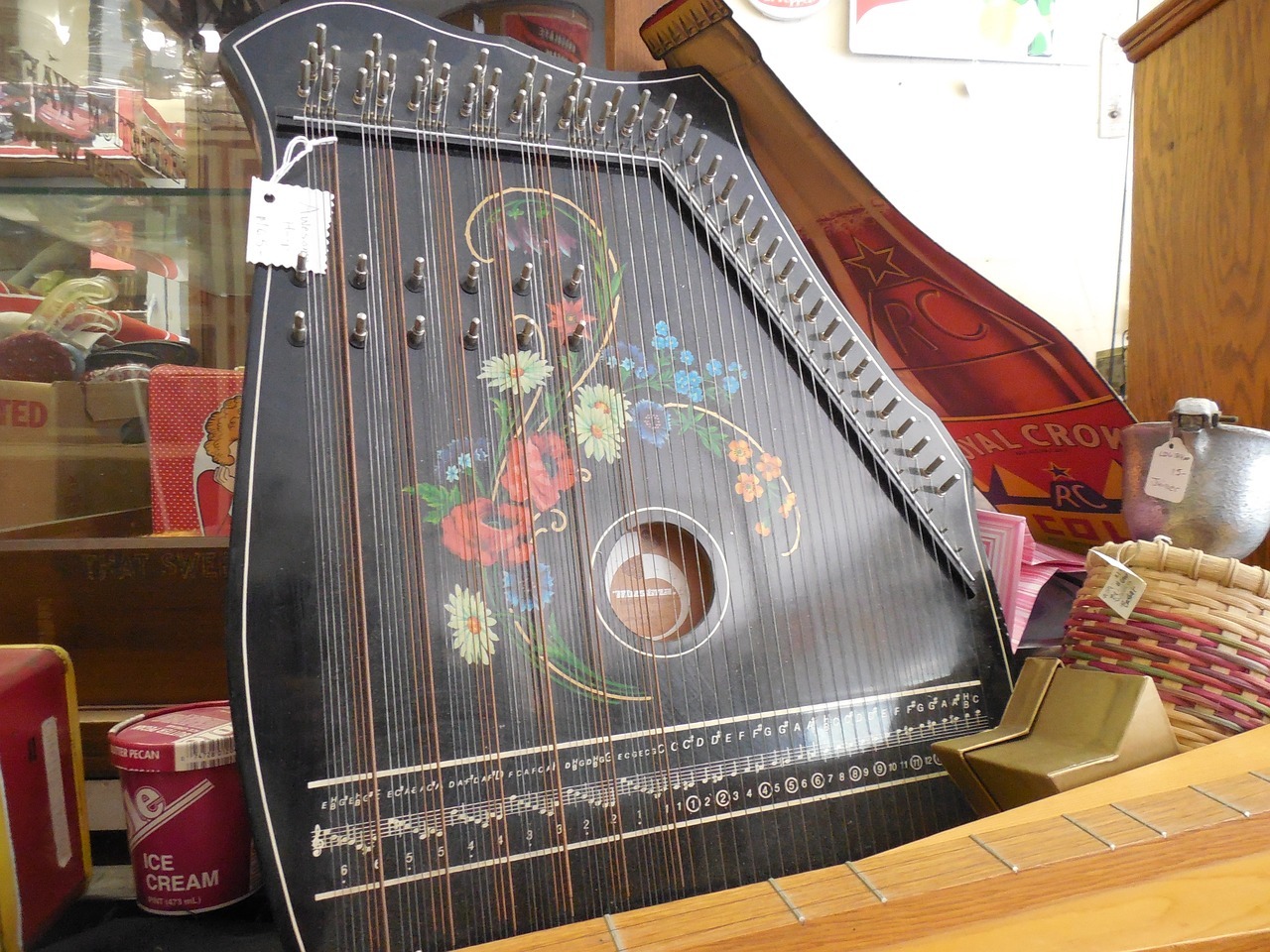The autoharp is part of the chorded zither family that features a series of chord bars attached to the instrument’s dampers. When these chord bars are pressed, it muted all the strings rather than creating the desired chord. Initially, the name autoharp was a trademark of a musical instrument company, Oscar Schmidt, that was established in 1871. Eventually, the term autoharp was then colloquially used for any hand-heldand chorded zither instrument.
Although the origin of the autoharp is still debated, a German immigrant was known to invent a musical instrument and named it autoharp. In 1882, Charles F. Zimmermann was awarded for his invention of a musical instrument, which features a mechanism for muting strings during play. However, unlike the later autoharps, the shape of the instrument was symmetrical. It also has felt-bearing bars that run horizontally, instead of vertically, against the strings.
It is not known whether Charles Zimmermann had commercially produced any instruments similar to the autoharp’s design. Subsequently, Karl August Gutter from Germany had also built a musical instrument called Volkszitherthat resembles the autoharp played today. With this, in 1883, Gutter had received a British patent for his instrument.
Following that, after Zimmermann returned from a visit to Germany, he began to produce an instrument based on Gutter’s design in 1885. However, he created his own design and name. Although Gutter’s instrument became very notable, Zimmermann has been misnamed as the inventor.
By 1926, the stylized form of the autoharp has been registered as a trademark. Subsequently, the name autoharp was claimed by the U.S. Music Corporation, whose brand, the Oscar Schmidt, manufactures the autoharp. However, The United States Patent and Trademark Office (USPTO) registrations cover only Mark Drawing Code words, letters, or numbers in stylized form, and has expired. Meanwhile, in litigation, Schmidt could only claim the stylized word autoharp. But the term itself was moved into general usage.
The autoharp instrument was made out of wood. Generally, the autoharp’s shape is rectangular, with one corner cut off. In addition to that, its soundboard features a guitar-like hole while the top is made out of wood or laminated construction. At the top and slanted edges, a pin-block of multiple layers of woods can be seen. As well as that, these layers of wood serve as the bed for tuning pins that resemble those that were used in zithers or pianos.
Opposite the top-pin blocks, a metal plate or a series of metal pins are located. Also, above the strings, on the lower half of the autoharp, the chord bars are located. These chord bars were usually made out of plastic, metal, or wood with a foam pad supporting the side facing the strings. These bars are also mounted on springs and can be pressed with one hand through the buttons to the instrument’s topside. The autoharp’s buttons are labeled with the name of the chord.
Moreover, the back of the autoharp was made of three plastic, rubber, or wood. These materials support the instrument when it is placed back down on a tabletop, or if it will be played in a traditional position. The autoharp’s strings run parallel to the top, between the instrument’s mounting plate and tuning pins. It passes under the chord bar assembly.
Most often, modern autoharps are composed of thirty-six strings to a forty-eight maximum of strings. However, the forty-eight stringed autoharps were rare models. Also, they are strung in a semi-chromatic scale but can be modified into a diatonic or fully chromatic scale. In standard versions of autoharps, they have about twelve, fifteen, or twenty-one chord bars. These also have a selection of major, minor, or dominant seventh chords.
Interestingly, unique models, including diatonic one to three key models, have also been produced. They also produce autoharp models with additional or fewer chords or the reverse-strung model. The forty-three stringed and twenty-eight chord chromaharp carolers are typically the reverse-strung chords.In range and tunings, the autoharp’s range is determined by their tuning, as well as the number of their strings. The usual autoharp with thirty-six strings in standard tunings has a 3 ½ octave range that ranges from F2 to C6.

